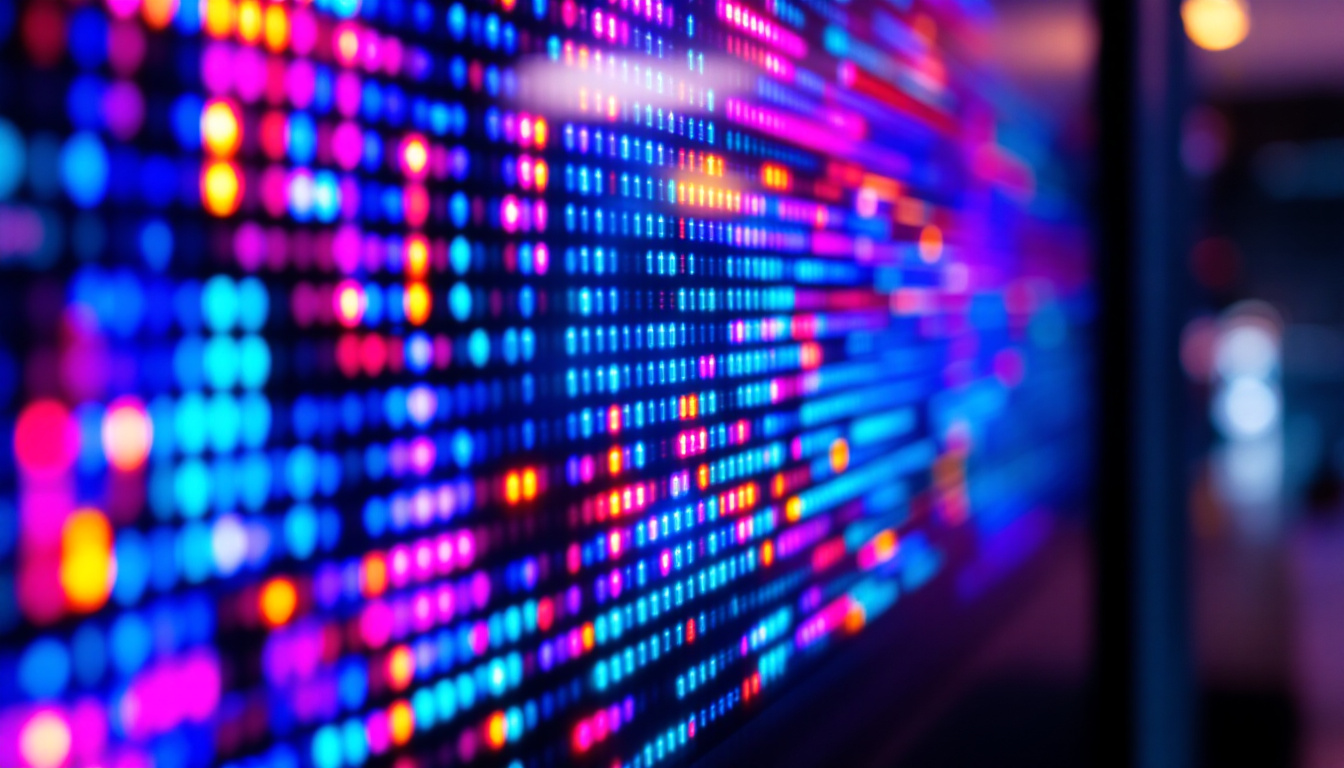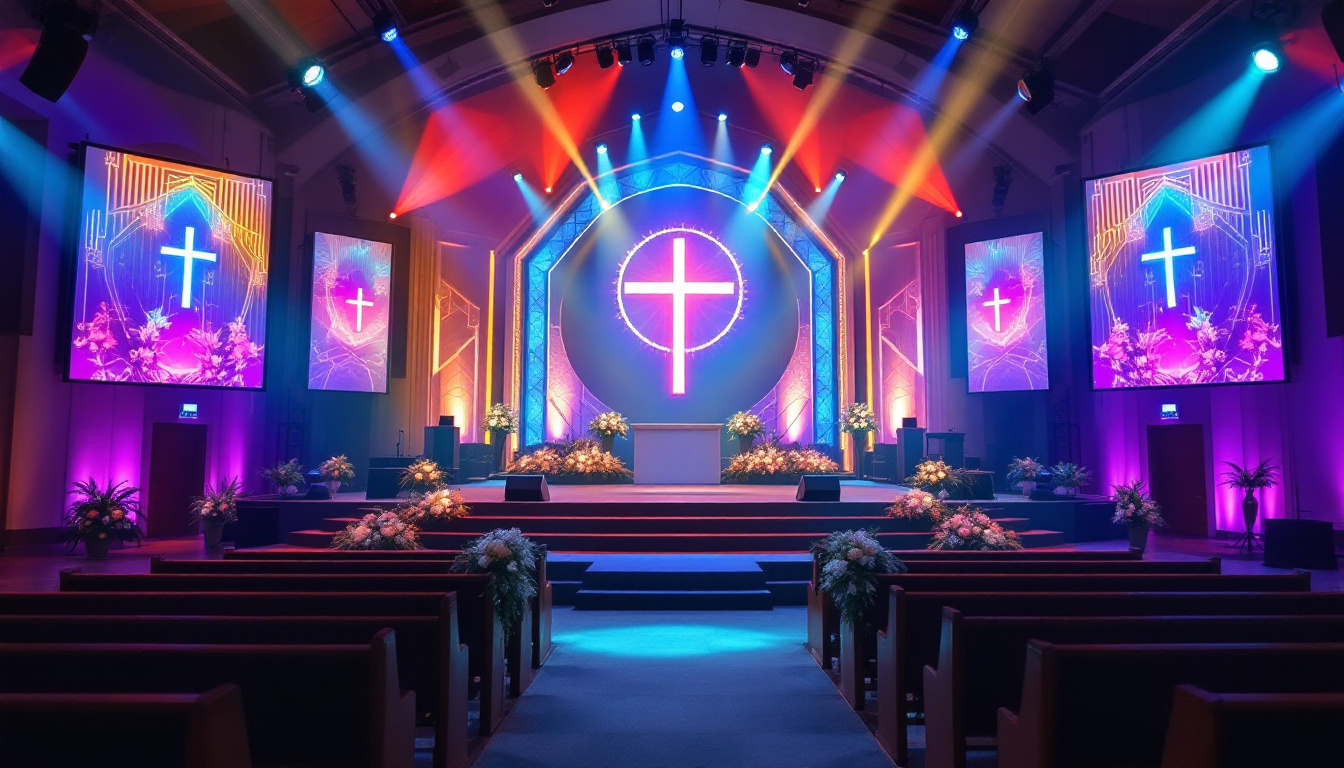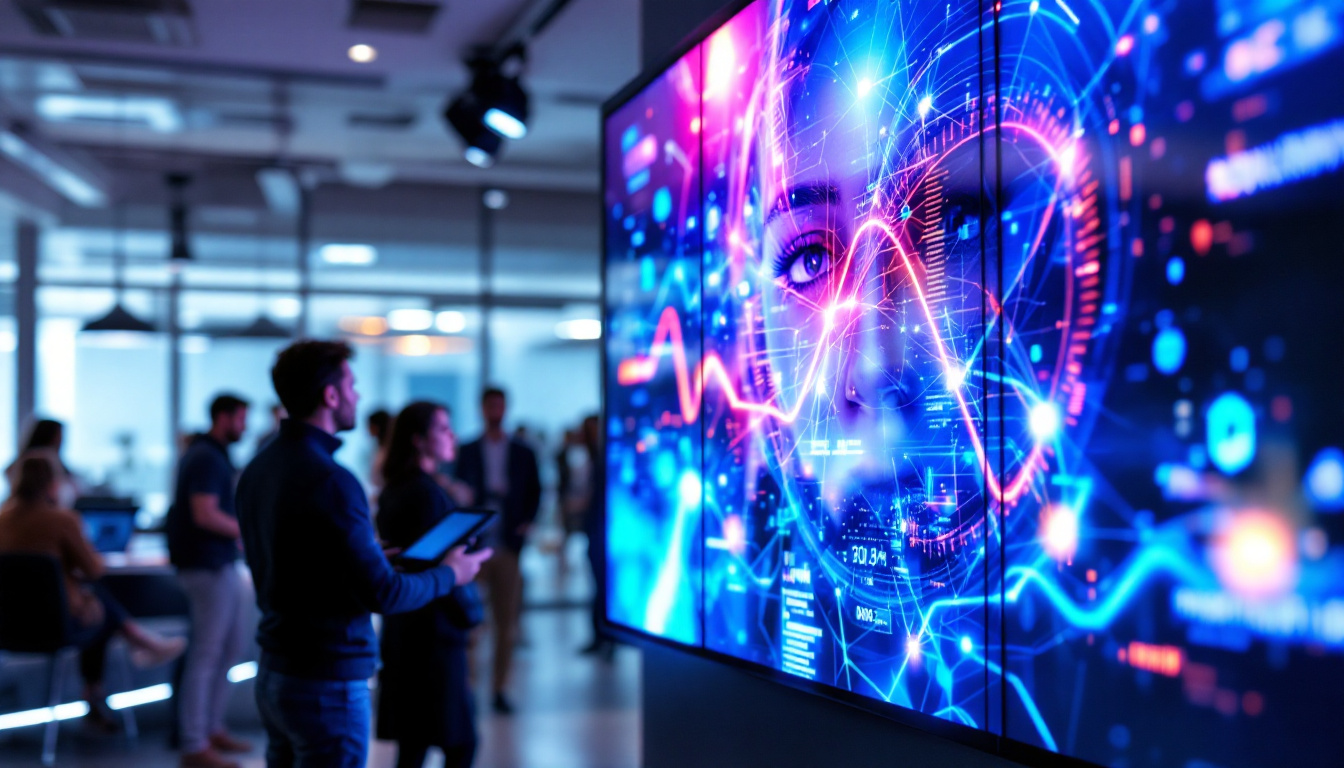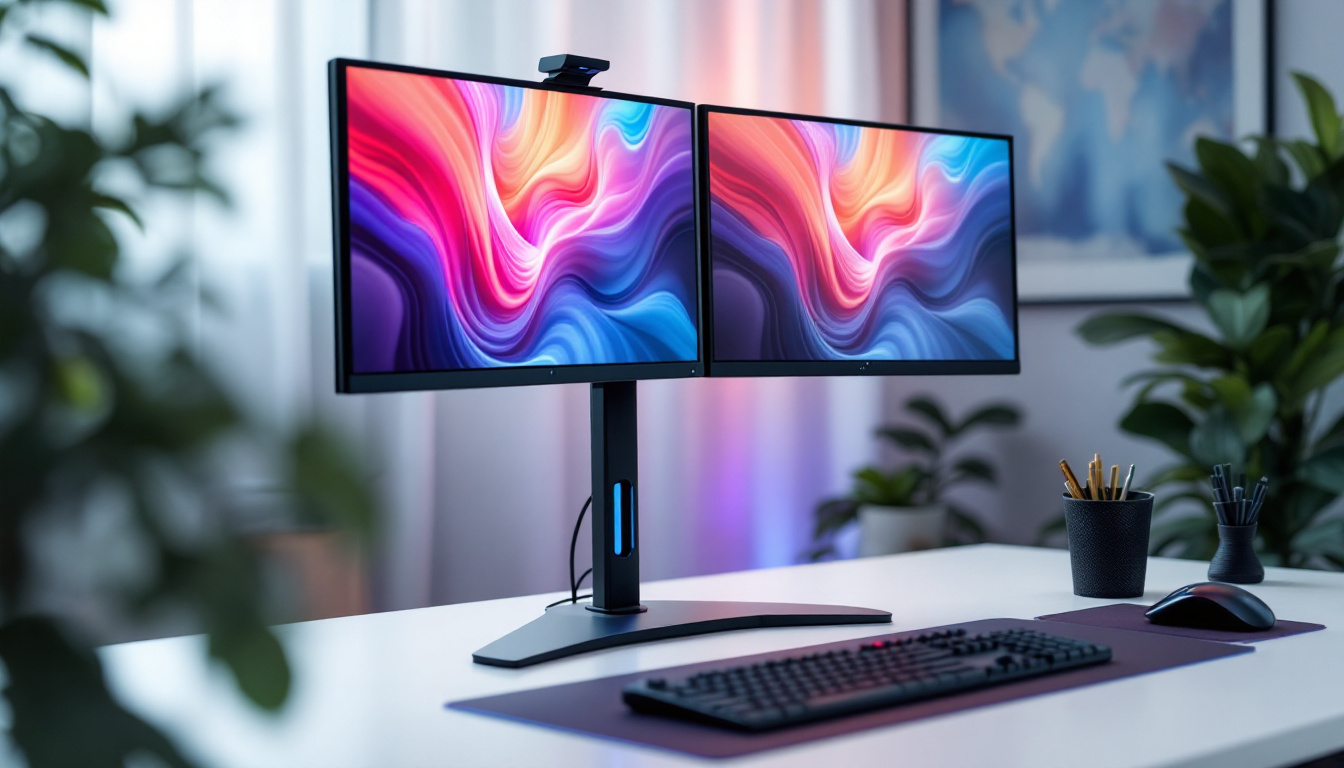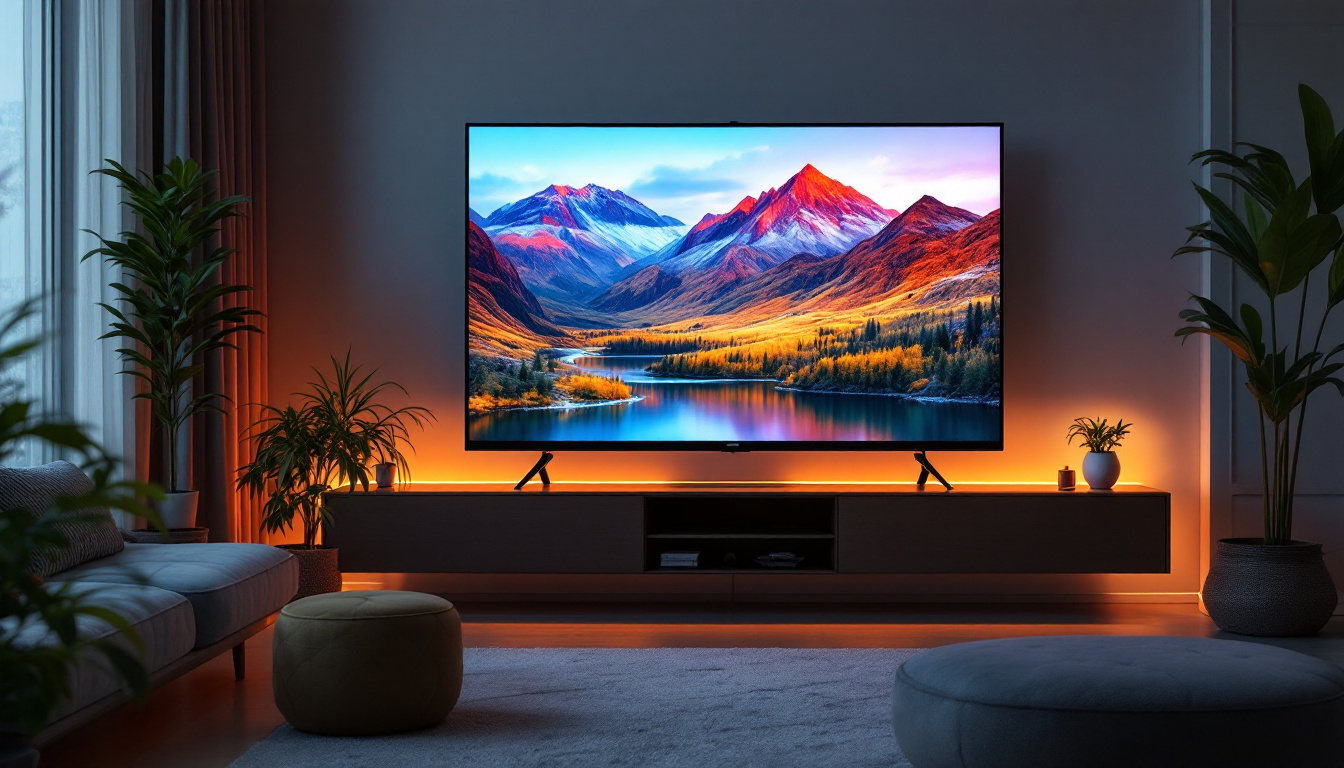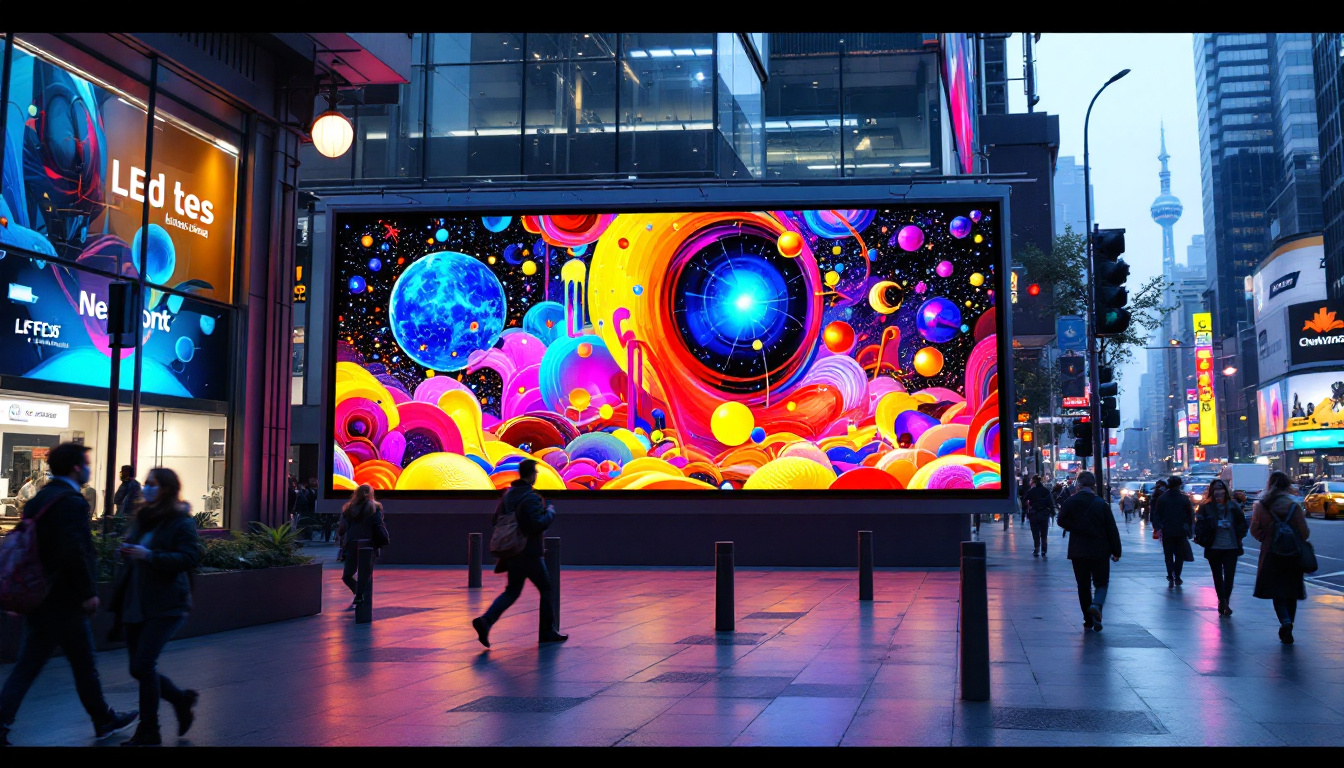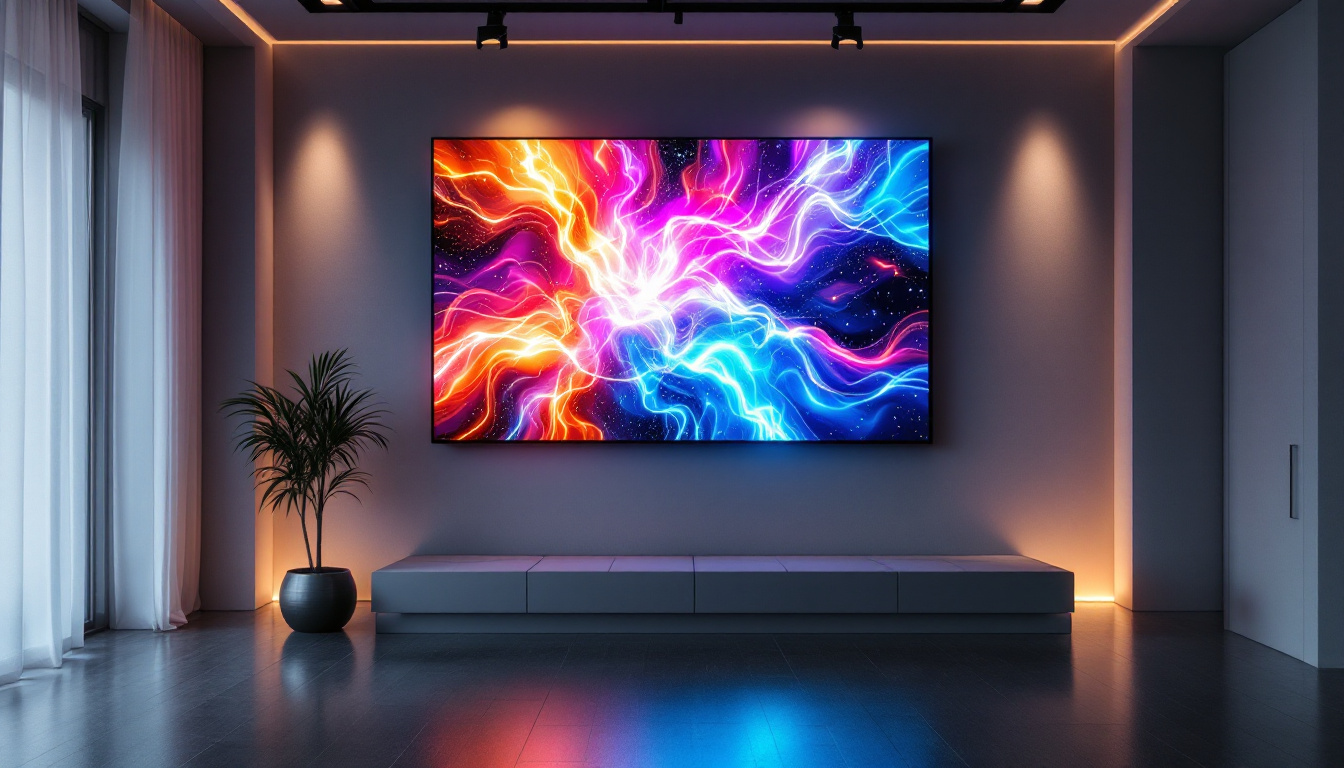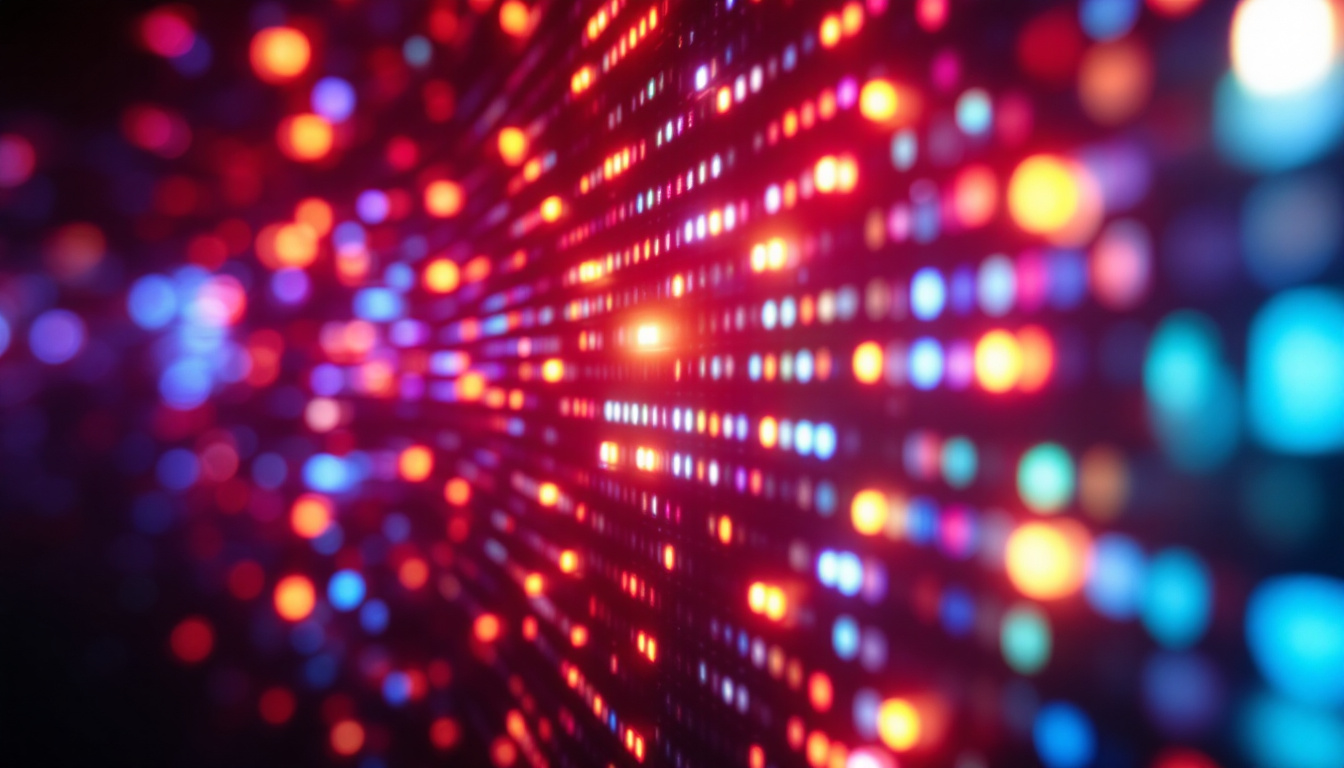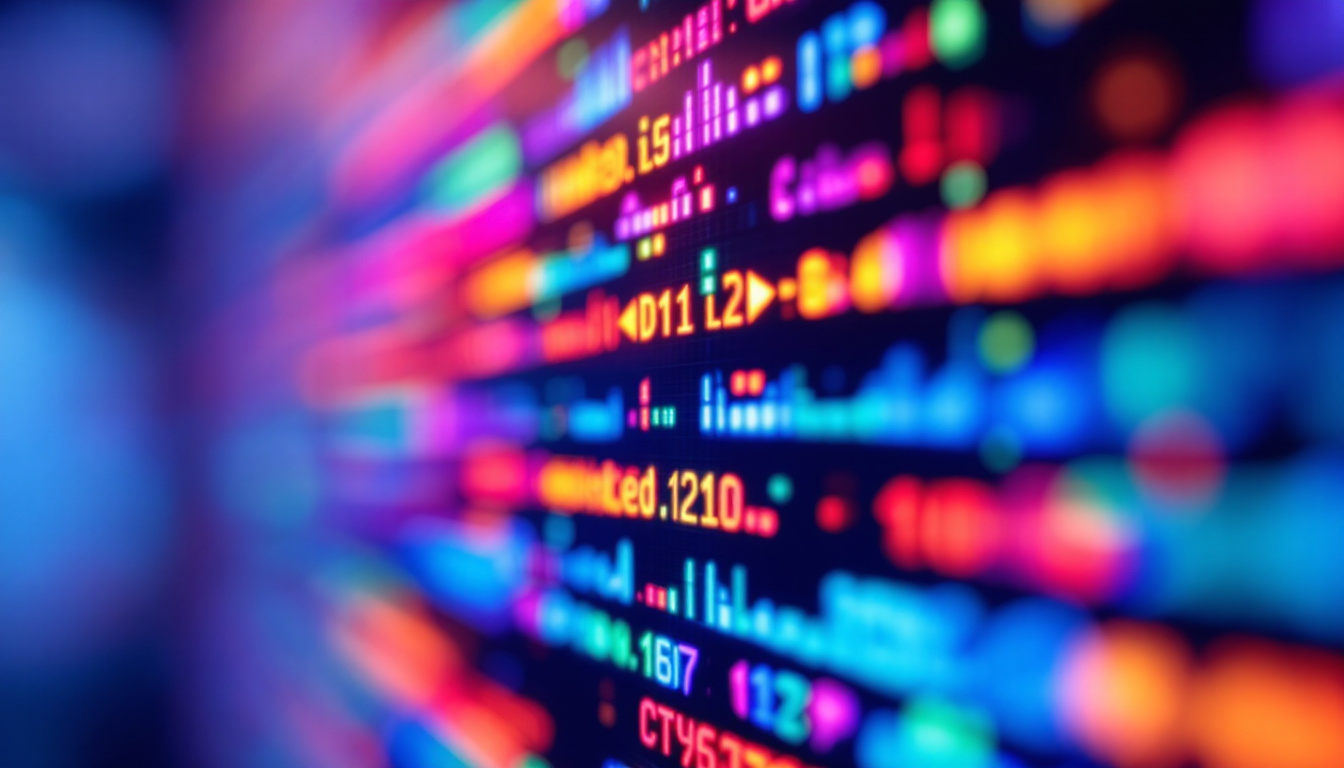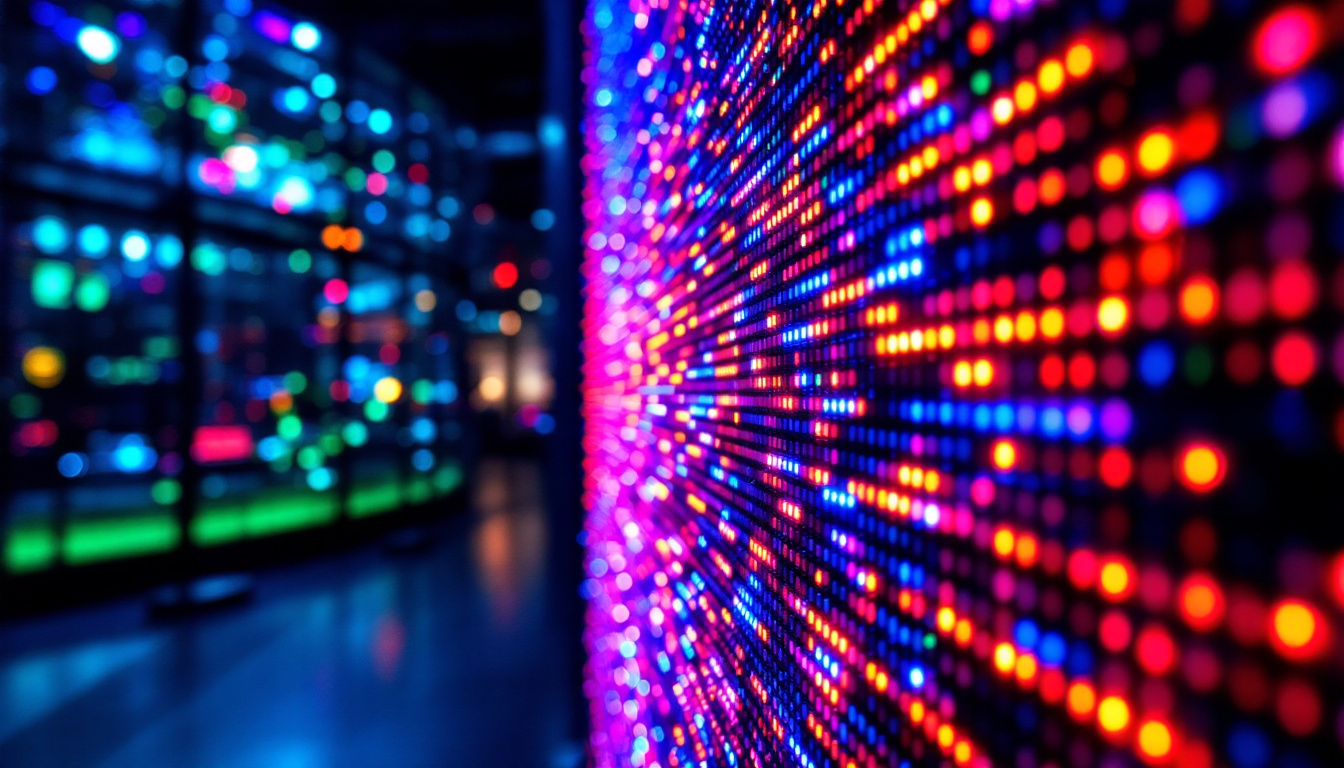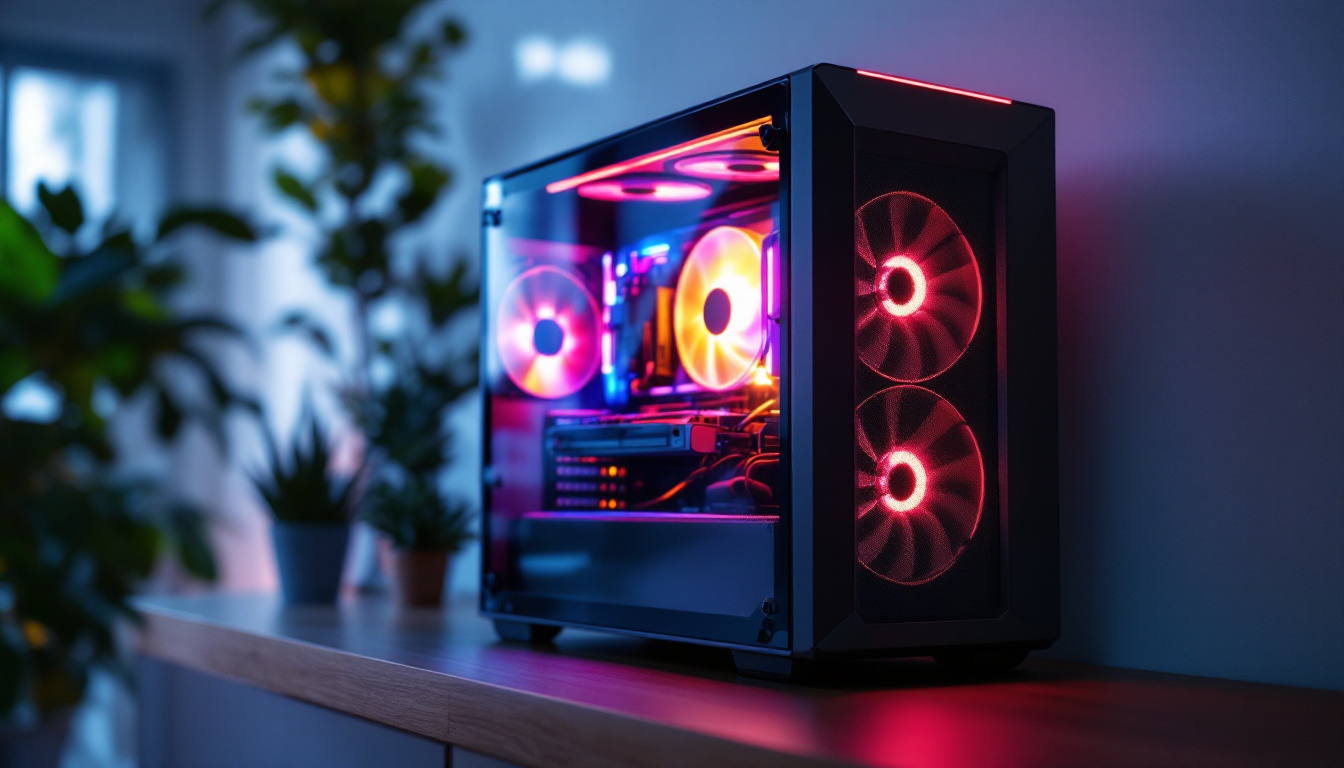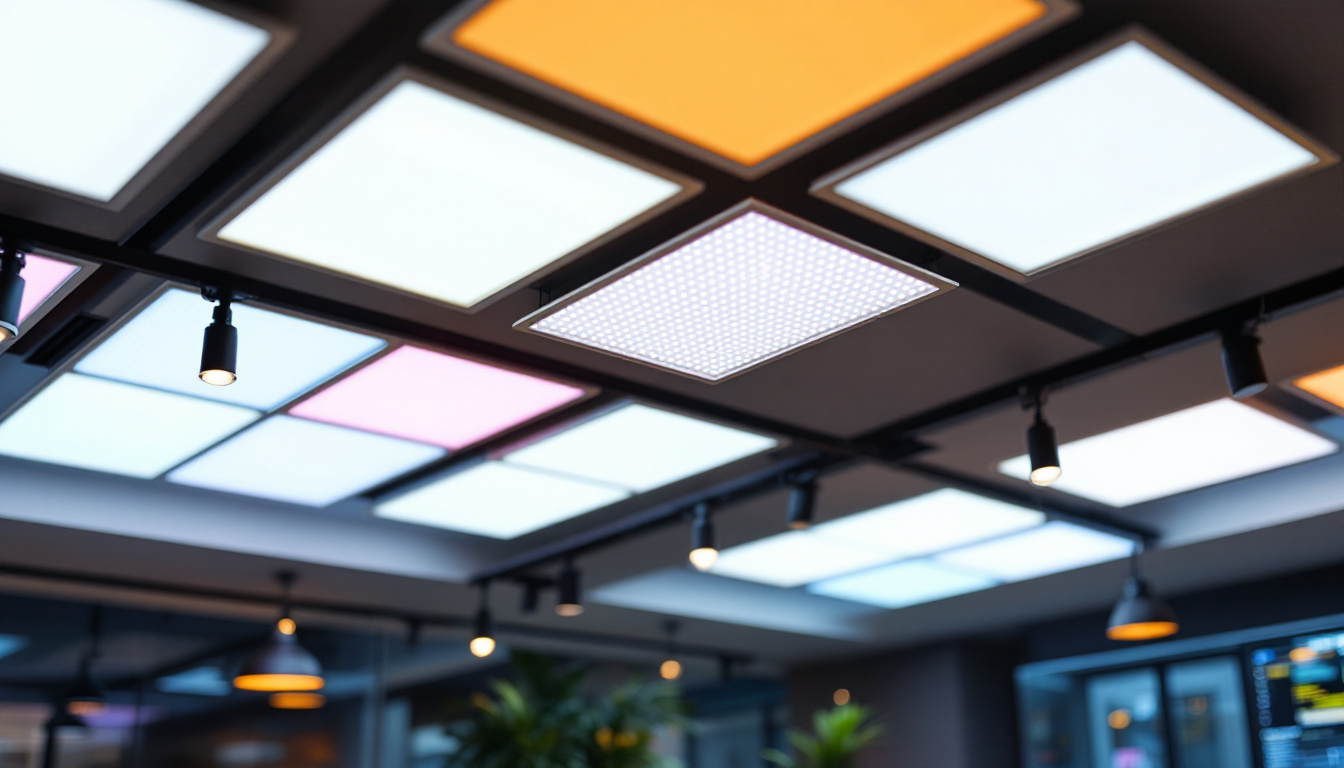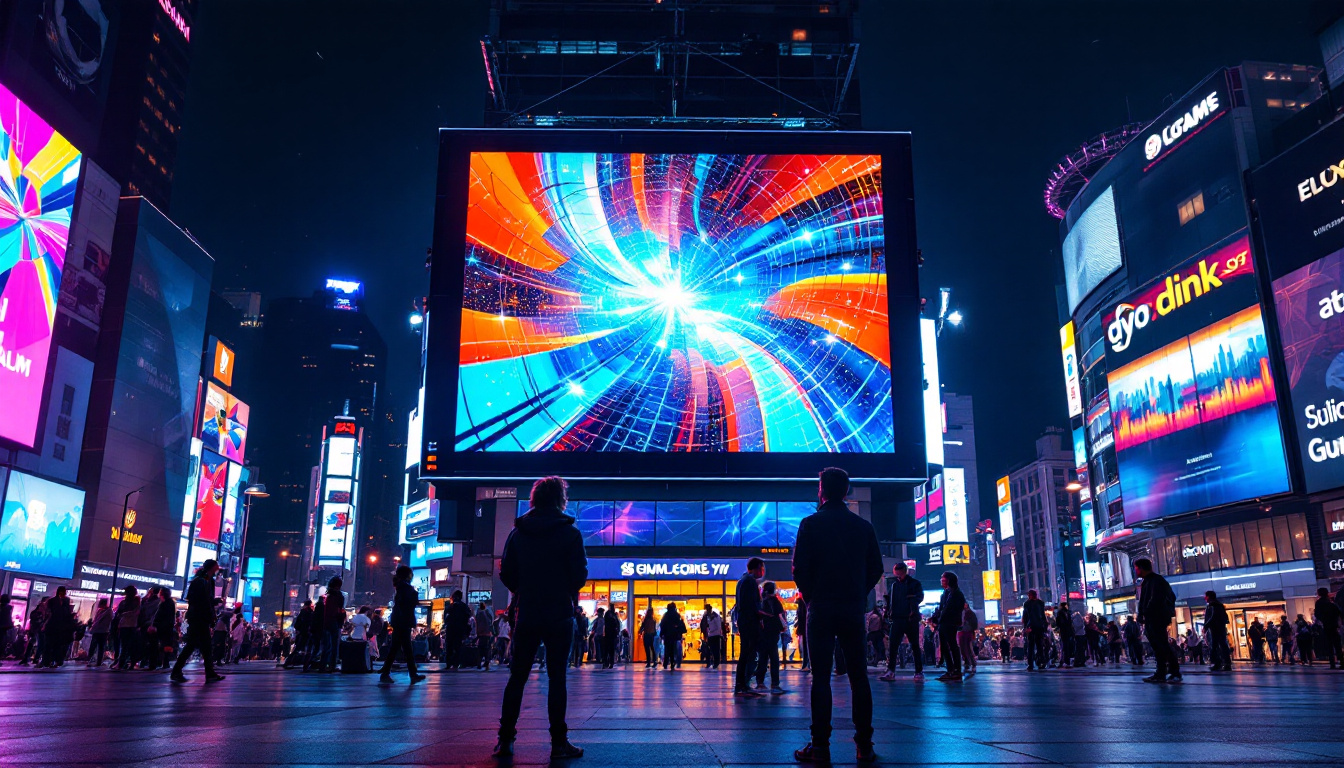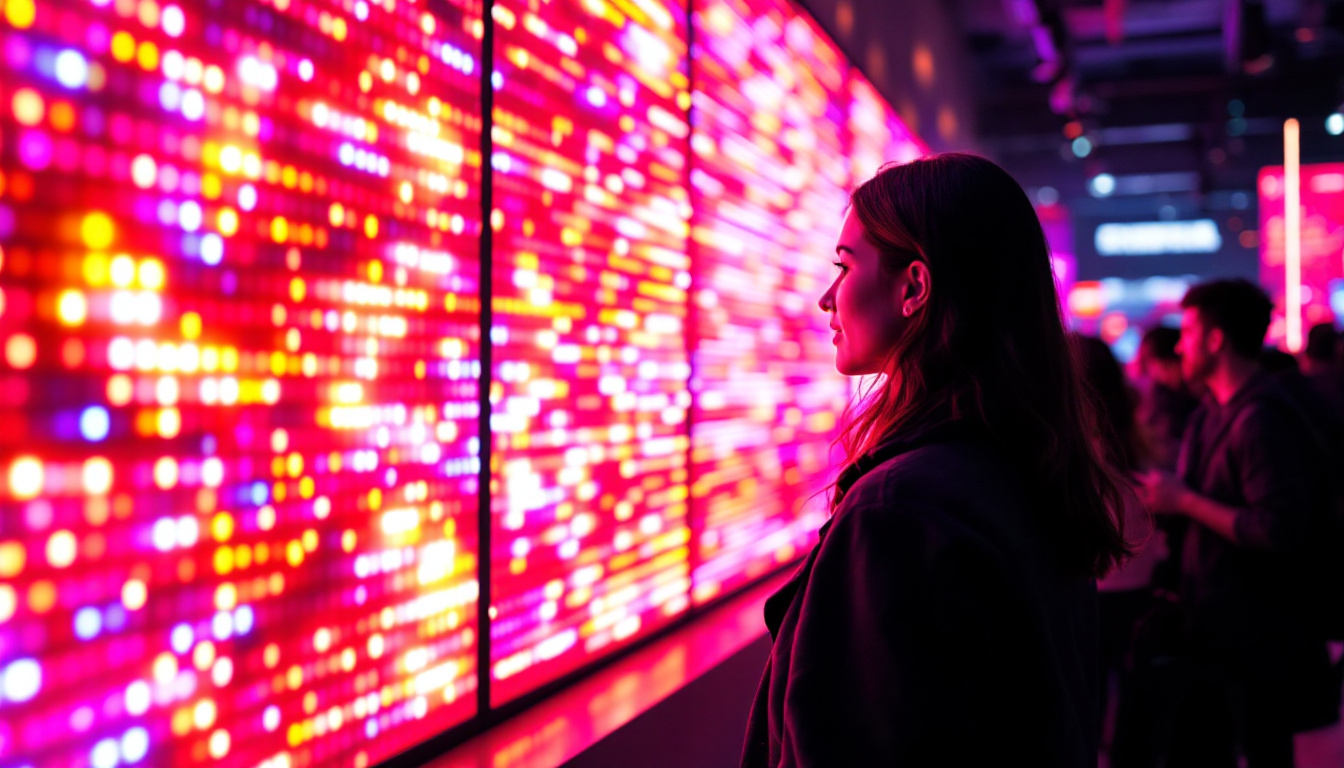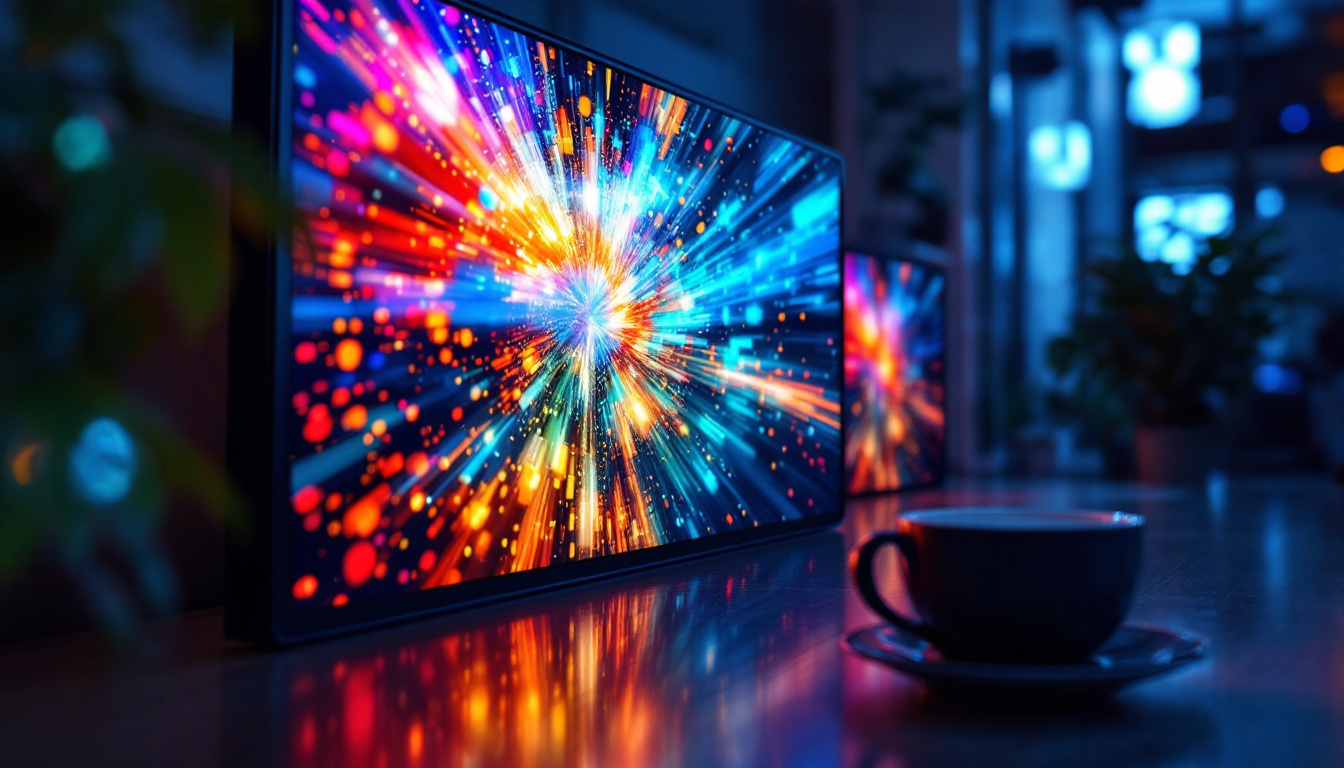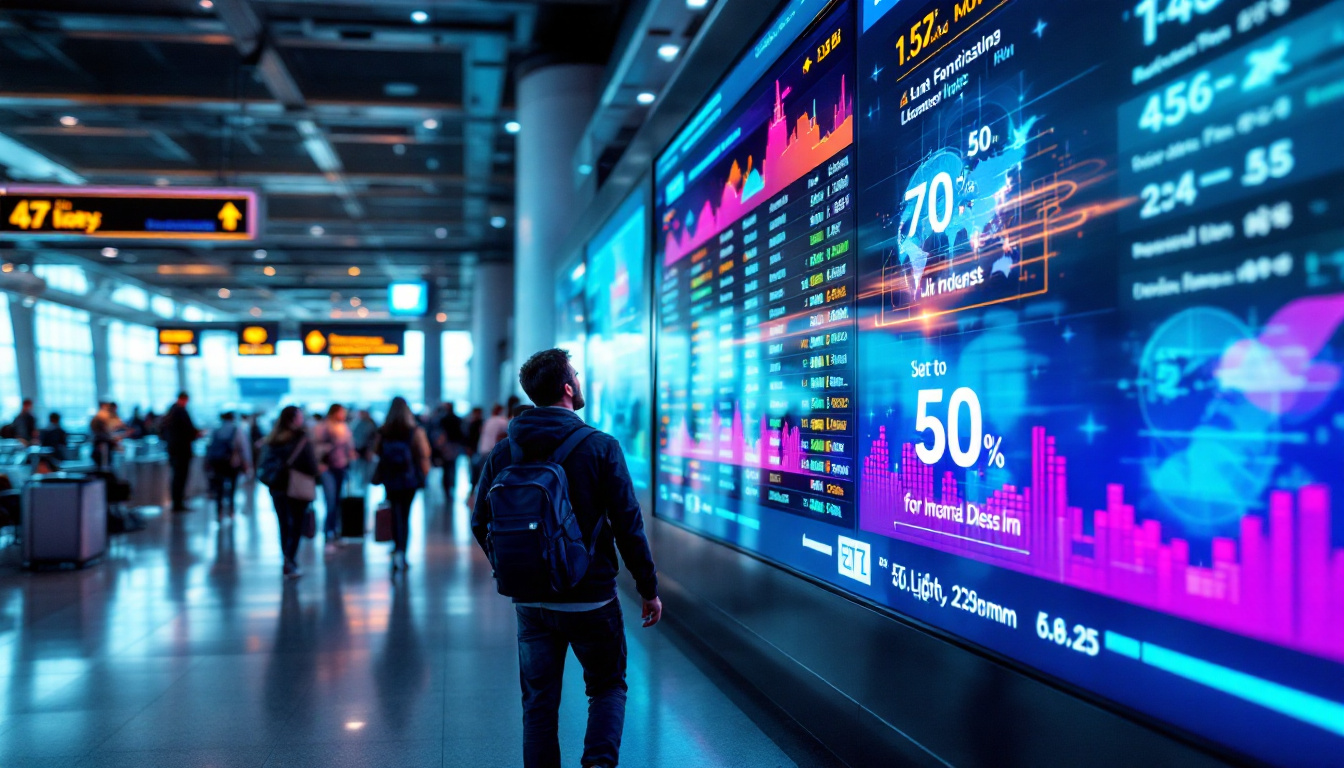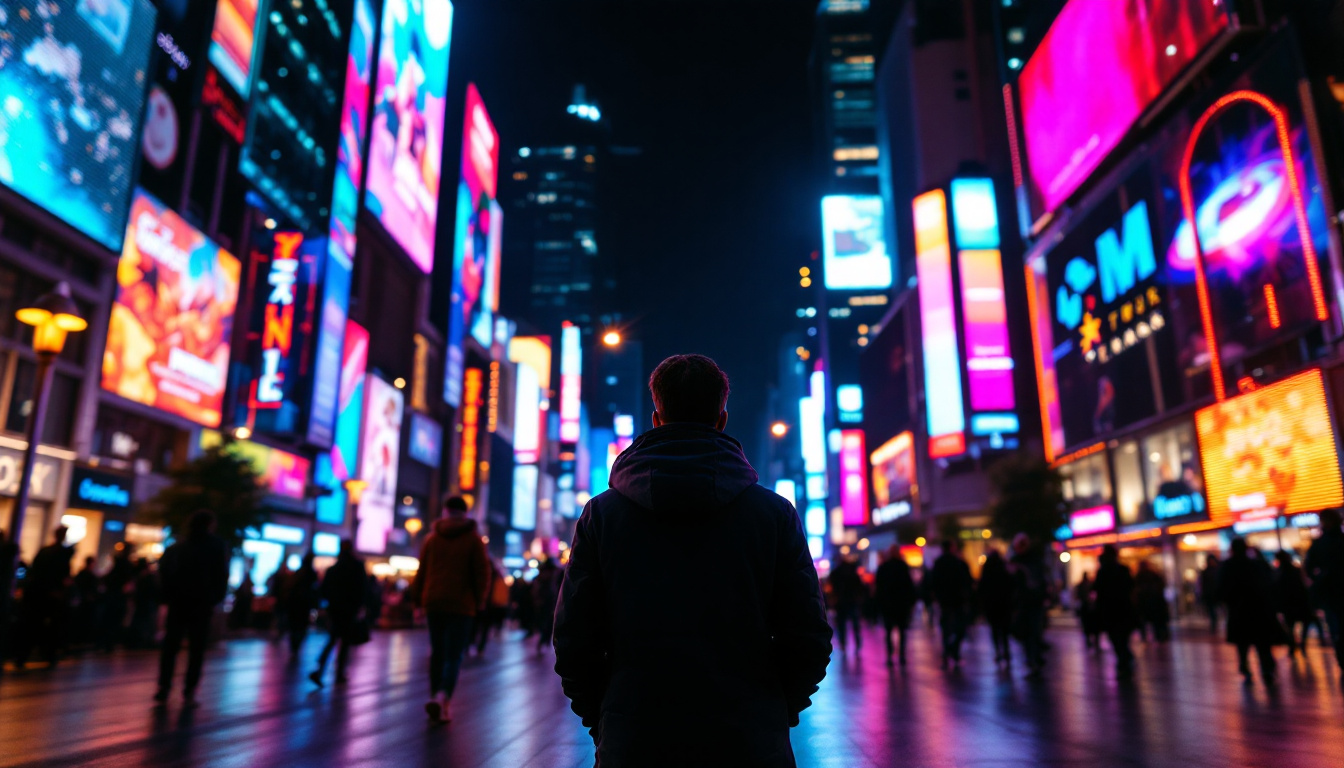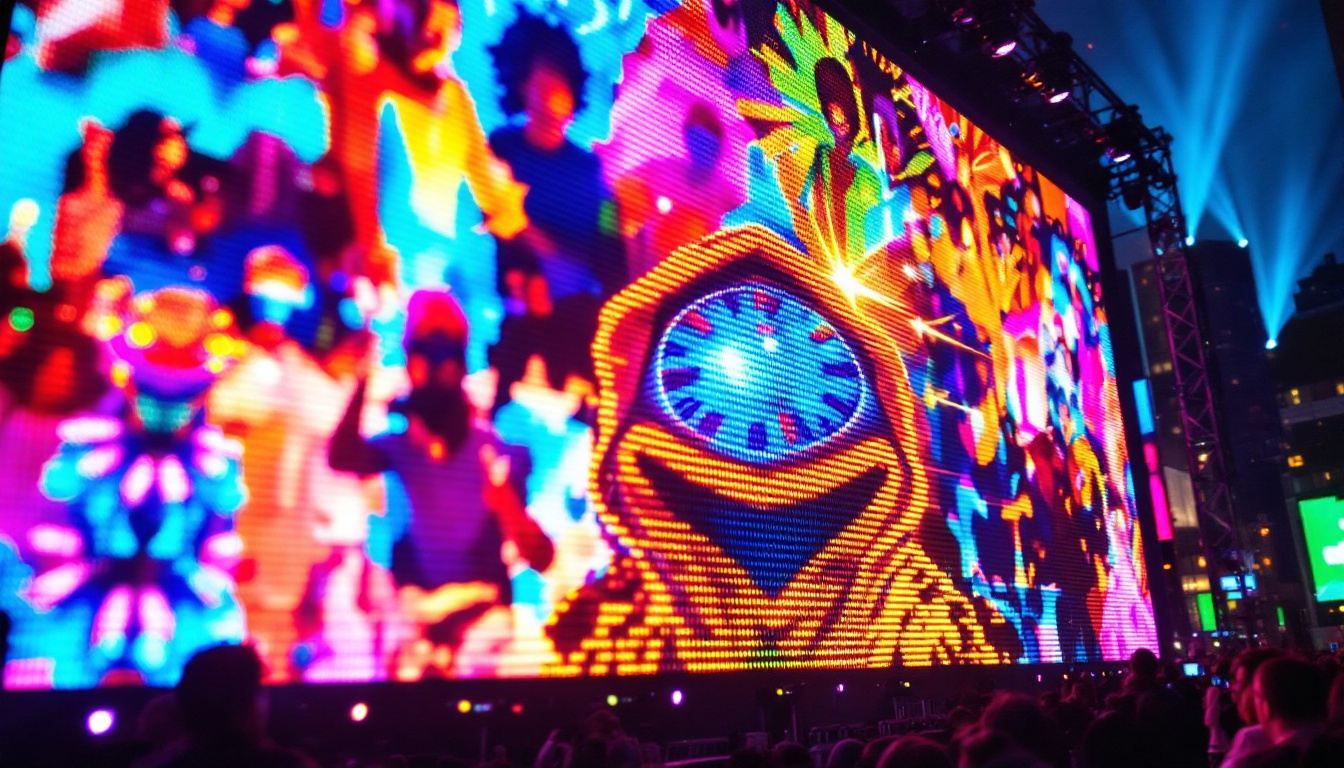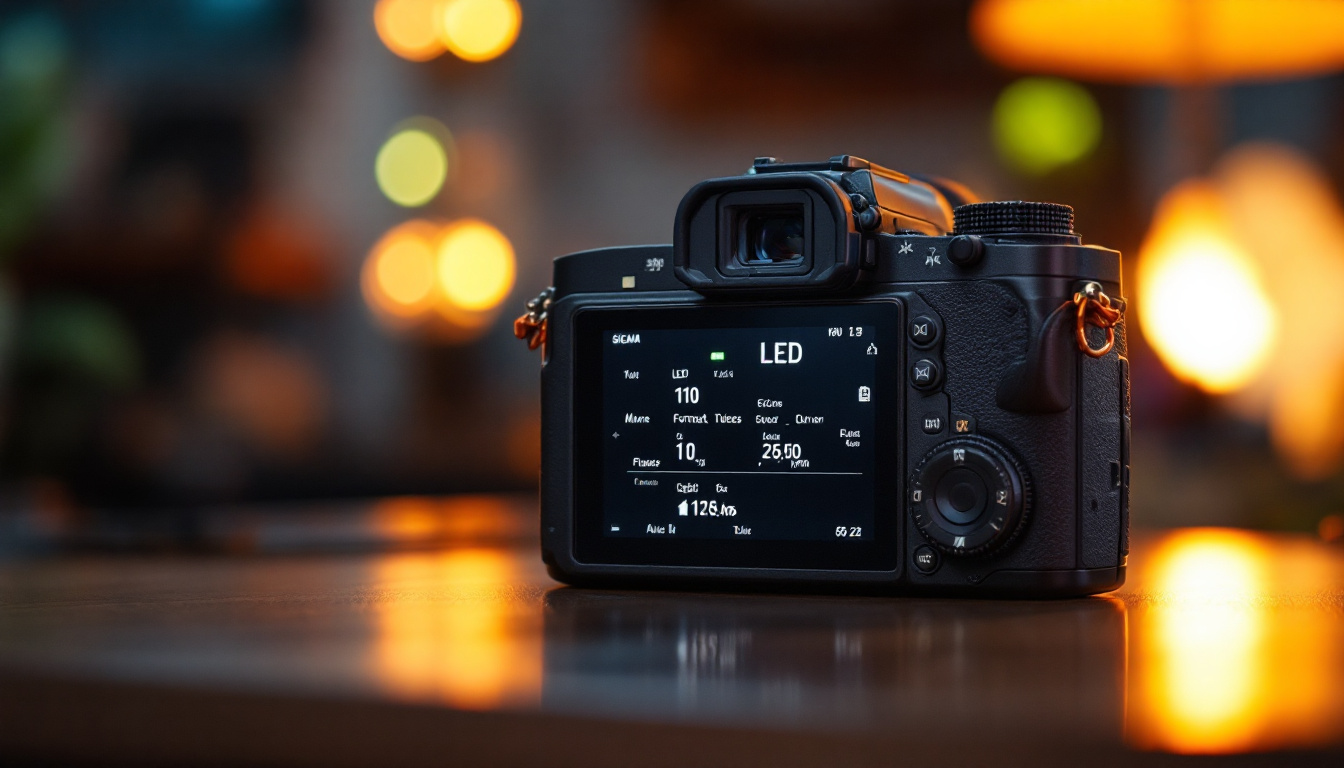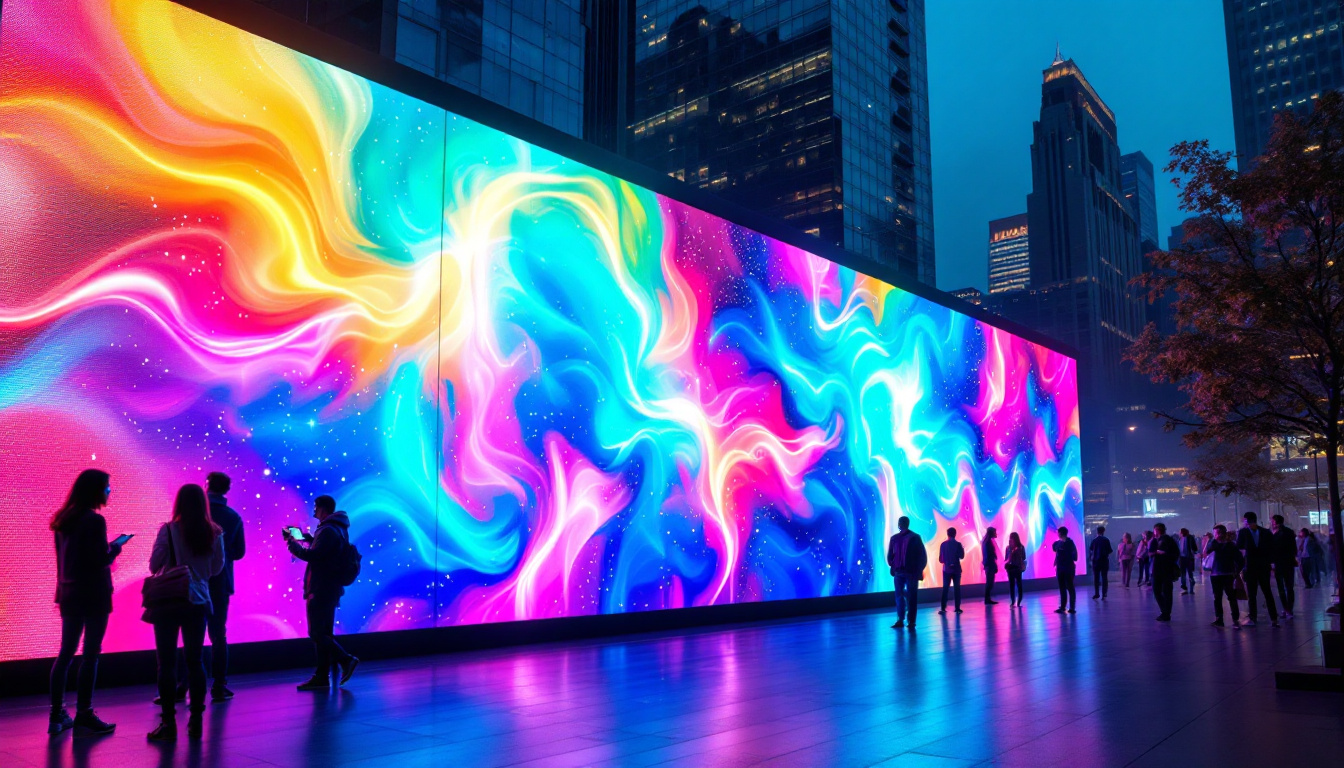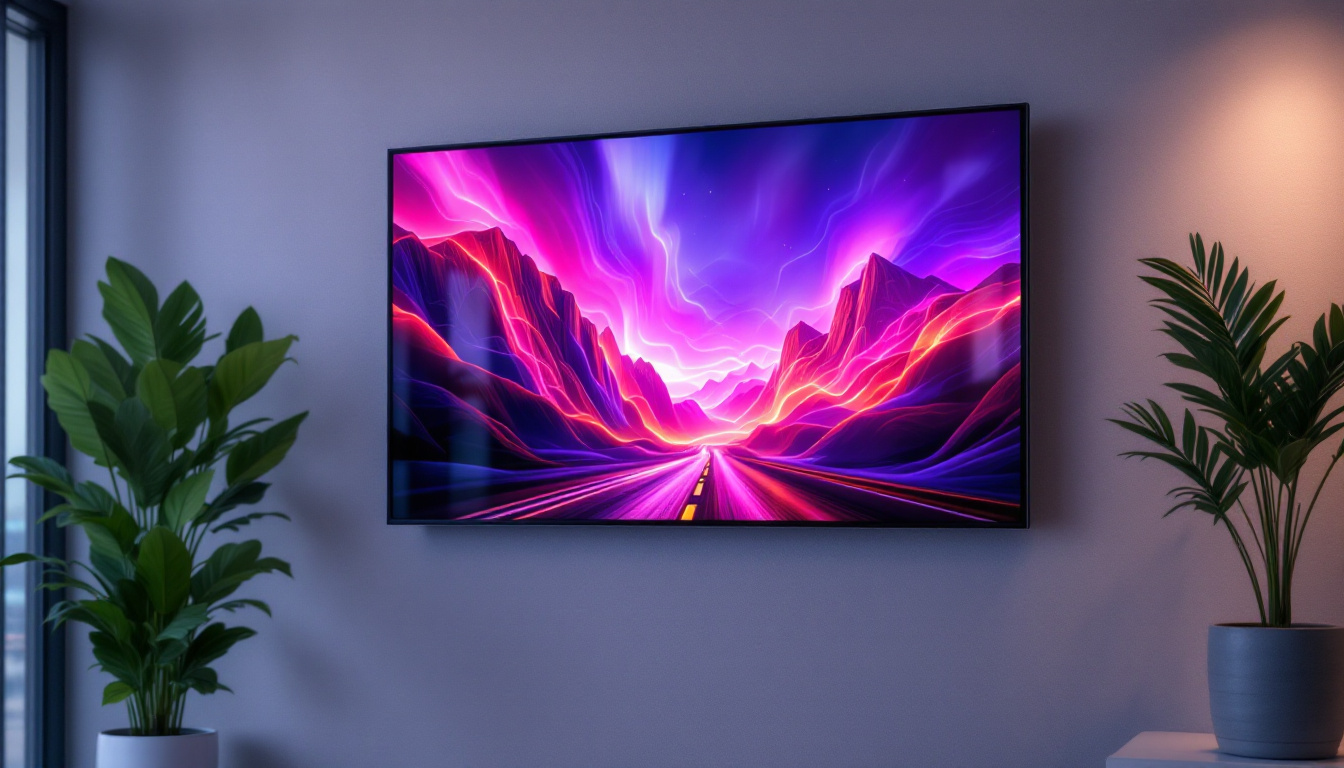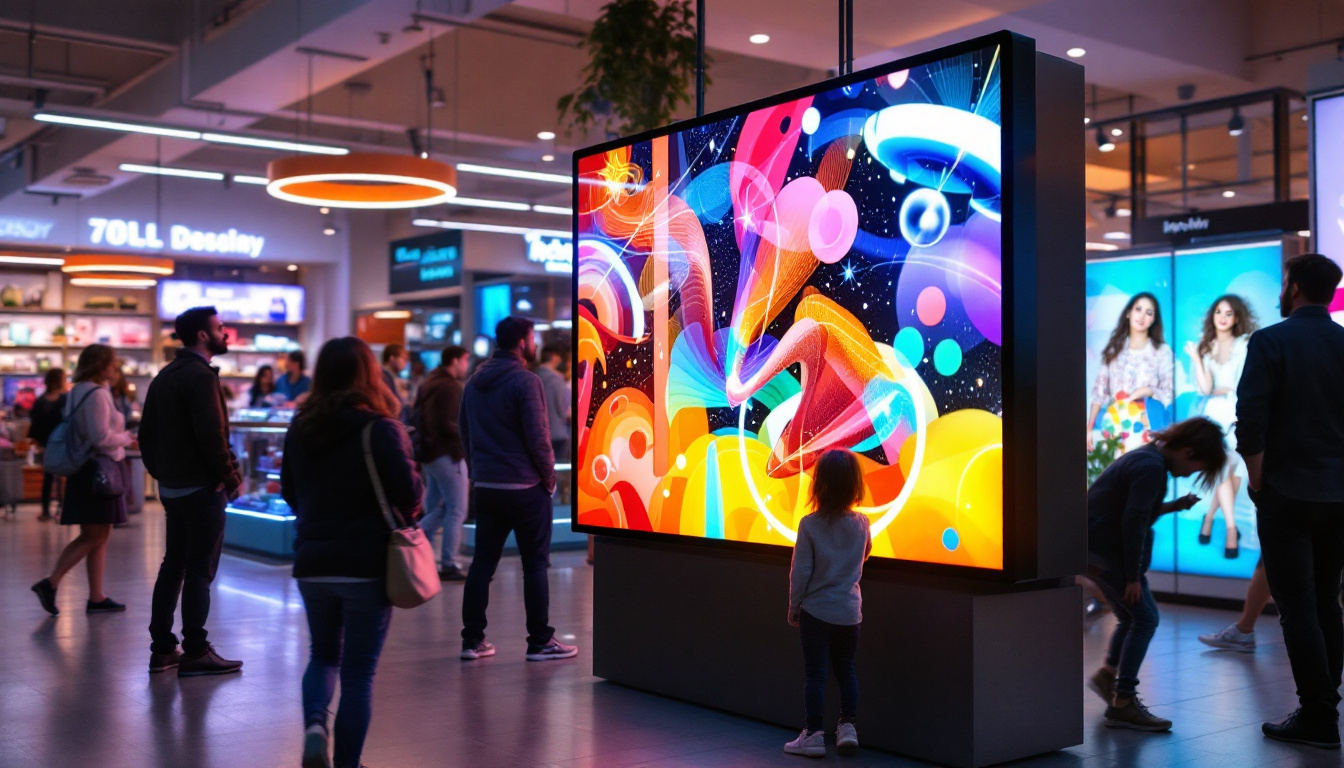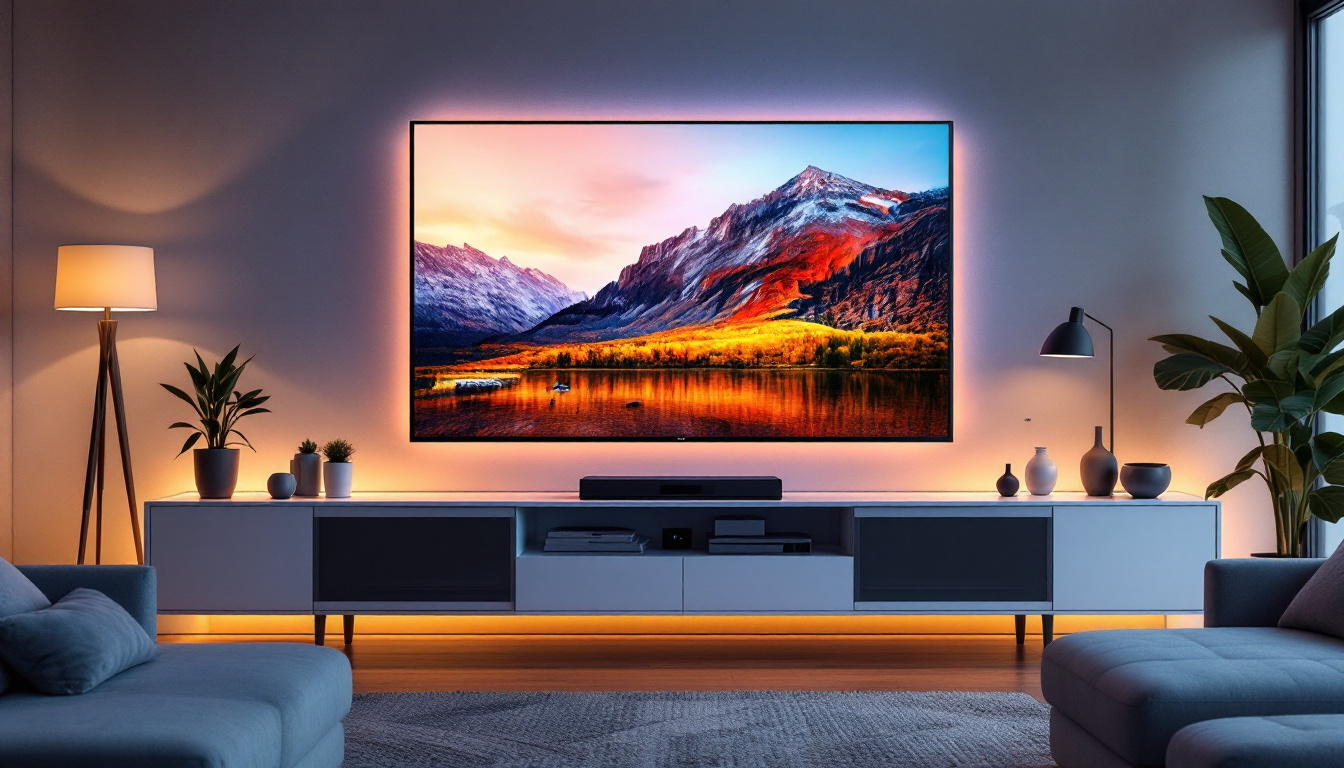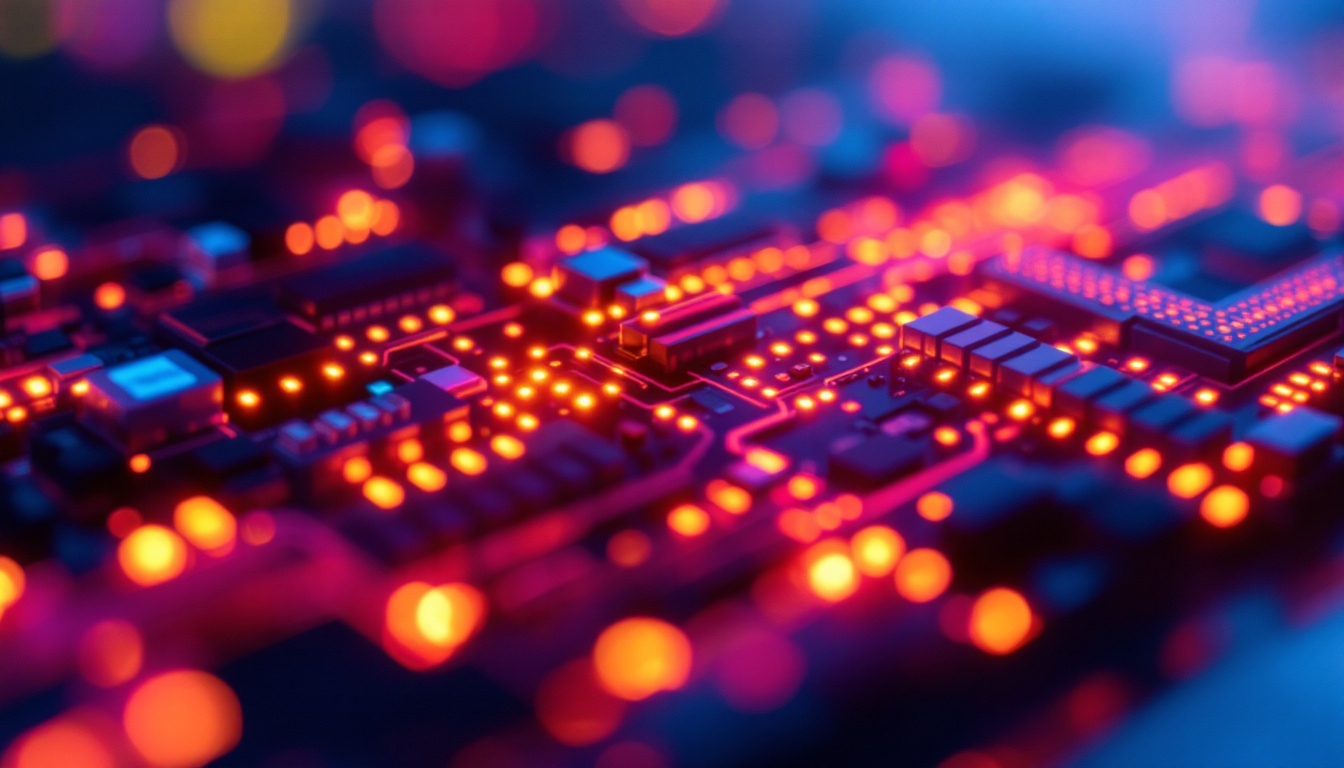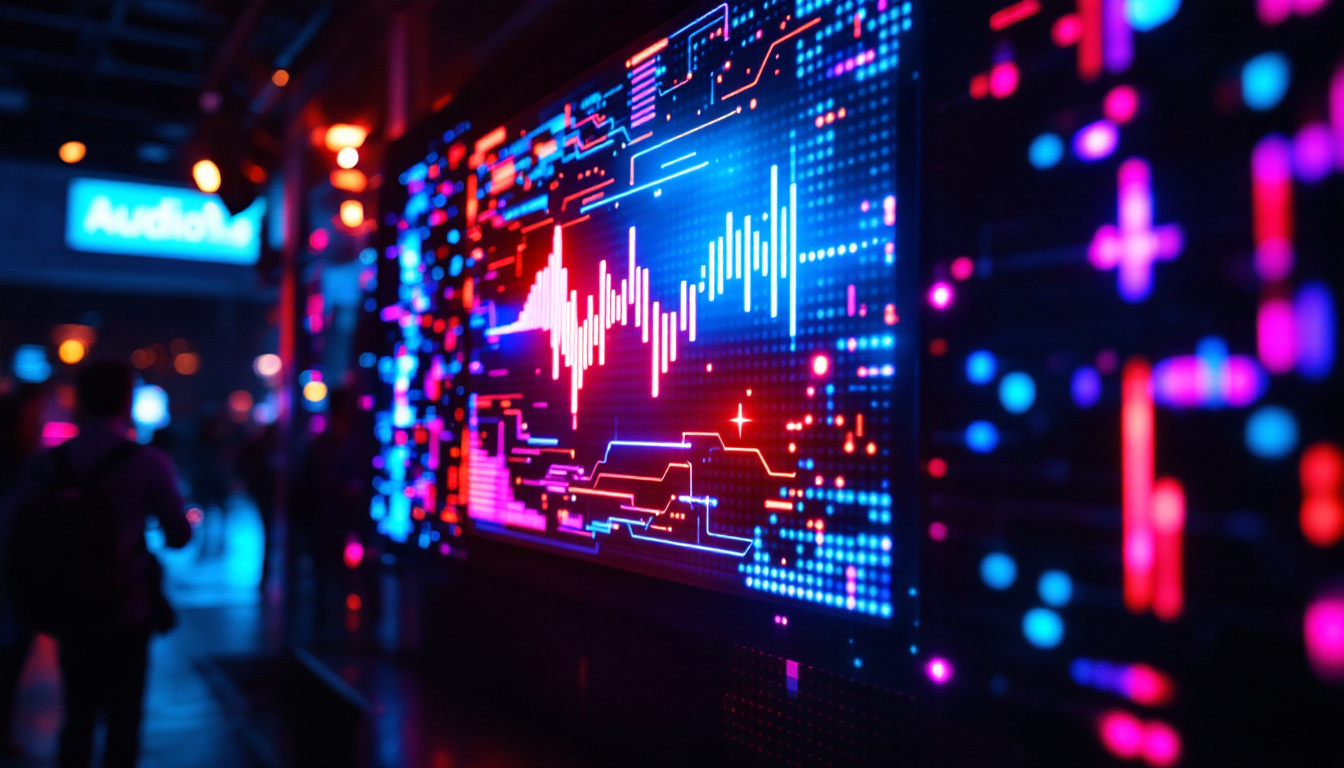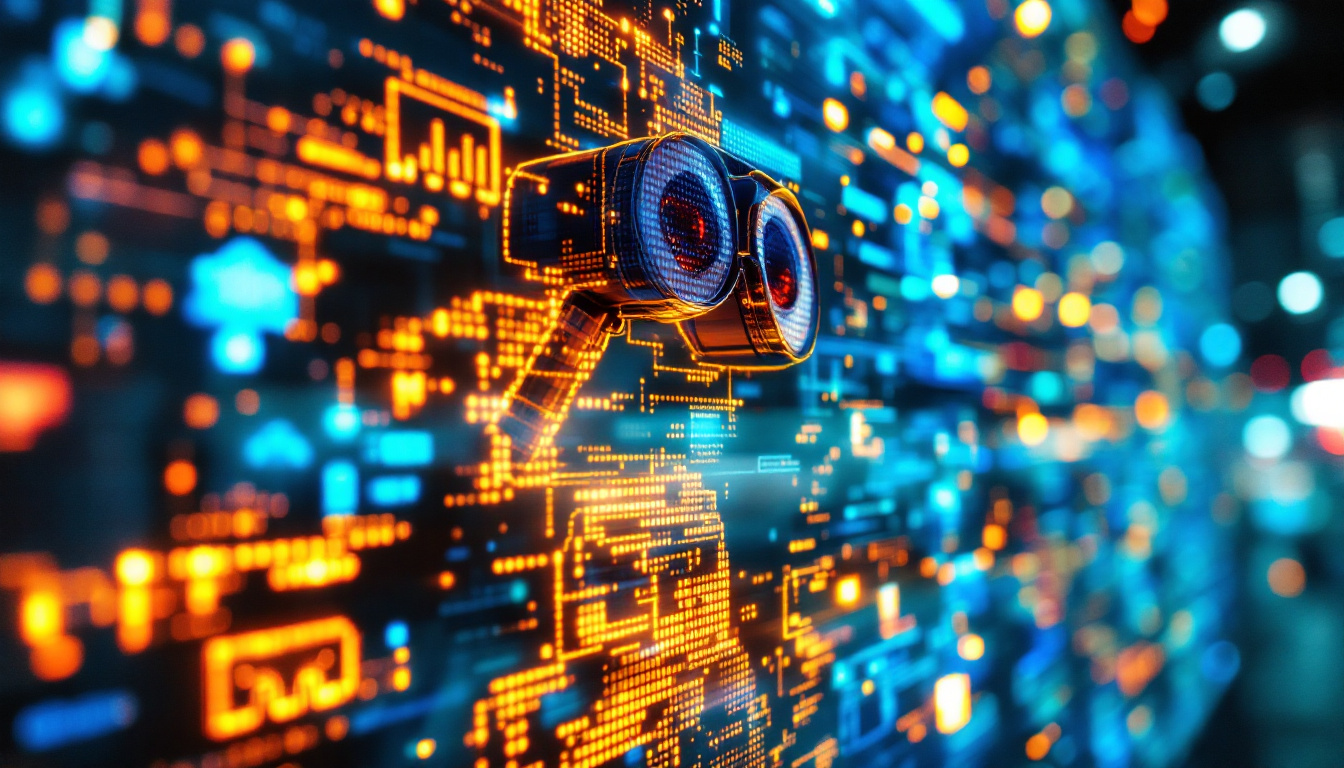In the world of digital signage and display technology, LED displays have become a staple for both commercial and personal use. Among the various specifications that define these displays, the resolution and pixel pitch are critical factors that determine the quality of the image. One such specification that often comes up is the 1395 x .80 LED display. This article delves into what this specification means, its significance, and how it impacts the overall performance of LED displays.
Understanding LED Displays
LED displays utilize light-emitting diodes (LEDs) to produce images and videos. They are favored for their brightness, energy efficiency, and versatility, making them ideal for a variety of applications, from billboards to televisions. The performance of an LED display is largely determined by its resolution, pixel pitch, and overall size.
What is Resolution?
Resolution refers to the number of pixels that make up the display. It is typically represented in terms of width x height, such as 1920 x 1080. In the case of a 1395 x .80 LED display, the first number (1395) indicates the horizontal pixel count, while the second number (.80) refers to the pixel pitch, which is the distance between the centers of two adjacent pixels, measured in millimeters.
Higher resolutions yield sharper images, as more pixels are packed into the same area. This is particularly important for displays viewed from a close distance, where individual pixels can become noticeable if the resolution is too low. For instance, in environments such as art galleries or museums, where fine details are essential, a higher resolution can significantly enhance the viewer’s experience, allowing for a more immersive interaction with the displayed content.
Defining Pixel Pitch
Pixel pitch is a crucial specification that directly affects the visual quality of an LED display. A smaller pixel pitch means that the pixels are closer together, resulting in a higher pixel density. This leads to better image quality, especially when viewed from a short distance. Conversely, a larger pixel pitch may be sufficient for displays viewed from a greater distance, such as outdoor billboards.
In the case of the 1395 x .80 specification, the pixel pitch of .80 mm indicates a high pixel density, making it suitable for applications where clarity and detail are paramount, such as in retail environments or control rooms. Additionally, advancements in technology have allowed for even smaller pixel pitches, leading to innovations such as microLED displays, which promise to deliver unparalleled image quality and flexibility. These developments not only enhance the visual experience but also open up new possibilities for creative installations, such as curved or transparent displays that can seamlessly integrate into various architectural designs.
Applications of 1395 x .80 LED Displays
The versatility of LED displays allows them to be used in a variety of settings. The 1395 x .80 LED display, with its high resolution and pixel density, is particularly suited for specific applications that demand high-quality visuals.
Retail Environments
In retail spaces, attracting customers is essential. High-resolution LED displays can showcase vibrant advertisements, product promotions, and dynamic content that capture attention. The 1395 x .80 display excels in this area, providing clear and detailed visuals that can be viewed from various angles and distances.
Moreover, the ability to update content in real-time allows retailers to respond quickly to market trends and customer preferences, making the 1395 x .80 LED display an invaluable tool in modern retail marketing. This adaptability is particularly beneficial during seasonal sales or special events, where timely promotions can significantly influence customer behavior. Retailers can also utilize interactive features, such as touch capabilities or QR code integration, to enhance customer engagement and drive foot traffic.
Control Rooms and Monitoring Stations
Control rooms, such as those used in security, transportation, and emergency services, require displays that can present critical information clearly and accurately. The high resolution of the 1395 x .80 LED display ensures that data, maps, and video feeds are displayed with precision, allowing operators to make informed decisions quickly.
Additionally, the compact pixel pitch enables the display to be viewed comfortably from a distance, ensuring that all team members can access the information they need without straining their eyes. The 1395 x .80 LED display can also support multiple input sources, allowing operators to monitor various feeds simultaneously, which is crucial during high-pressure situations. Furthermore, the durability and low maintenance requirements of LED technology make it an ideal choice for environments that operate 24/7, ensuring reliability and longevity in critical applications.
Advantages of 1395 x .80 LED Displays
Investing in a 1395 x .80 LED display comes with several advantages that can enhance the viewer’s experience and improve operational efficiency.
Exceptional Image Quality
The primary advantage of a 1395 x .80 LED display is its exceptional image quality. With a high pixel density, images appear sharp and vibrant, making them ideal for detailed graphics and videos. This quality is particularly beneficial in environments where visual clarity is paramount.
Furthermore, LED technology offers superior color accuracy and brightness compared to traditional display technologies, ensuring that content is seen as intended, regardless of ambient lighting conditions. The wide color gamut allows for a more immersive experience, making it perfect for applications ranging from advertising to artistic displays. In addition, the fast refresh rates of LED displays minimize motion blur, making them suitable for fast-paced video content, such as sports broadcasts or action films.
Energy Efficiency
LED displays are known for their energy efficiency, consuming significantly less power than other display technologies, such as LCD or plasma screens. This not only reduces operational costs but also contributes to a lower carbon footprint, making LED displays a more environmentally friendly choice.
In addition, many modern LED displays come equipped with features that allow for dynamic brightness adjustment based on surrounding light conditions, further enhancing their energy-saving capabilities. This adaptability not only prolongs the lifespan of the display but also ensures that the visual output remains optimal throughout the day. Moreover, the longevity of LED technology means that these displays require less frequent replacements, which translates into lower maintenance costs and reduced waste over time. As businesses increasingly prioritize sustainability, the energy-efficient nature of 1395 x .80 LED displays aligns perfectly with eco-conscious initiatives.
Challenges and Considerations
While the 1395 x .80 LED display offers numerous benefits, there are also challenges and considerations to keep in mind when selecting and implementing this technology.
Cost Implications
High-resolution LED displays, such as the 1395 x .80, can come with a higher price tag compared to lower-resolution options. This cost may be a barrier for some businesses, especially smaller ones with limited budgets. However, the investment can often pay off in terms of increased customer engagement and improved operational efficiency.
It is essential to conduct a thorough cost-benefit analysis to determine whether the advantages of the 1395 x .80 display align with the specific needs and goals of the organization. Additionally, potential buyers should consider the long-term savings associated with energy efficiency and reduced maintenance costs that high-quality LED displays typically offer. By evaluating the total cost of ownership, businesses can make more informed decisions that reflect both immediate financial constraints and future growth opportunities.
Installation and Maintenance
Installing an LED display requires careful planning and consideration of factors such as location, mounting options, and power supply. Additionally, while LED displays are generally low-maintenance, they do require periodic cleaning and occasional repairs, especially in high-traffic areas.
Organizations should ensure they have a plan in place for both installation and ongoing maintenance to maximize the lifespan and performance of the display. This includes training staff on how to operate the display effectively and understand troubleshooting procedures. Furthermore, it may be beneficial to establish a relationship with a reliable service provider for any technical support or repairs needed, ensuring that the display remains operational and continues to deliver high-quality visuals without significant downtime.
Moreover, the environmental impact of LED displays should not be overlooked. While they are often more energy-efficient than traditional display technologies, organizations should consider the sourcing and disposal of these units. Opting for displays made from sustainable materials and ensuring proper recycling at the end of their life cycle can contribute to a company’s overall sustainability goals, enhancing their brand image and appeal to environmentally conscious consumers.
Future Trends in LED Display Technology
The LED display market is continually evolving, with advancements in technology leading to new possibilities and applications. Understanding these trends can help businesses stay ahead of the curve and make informed decisions about their display solutions.
Increased Resolution and Pixel Density
As technology advances, the trend towards higher resolutions and smaller pixel pitches is likely to continue. This means that displays with even finer detail will become more accessible, enabling applications that require ultra-high-definition visuals.
Future LED displays may also incorporate technologies such as microLED and miniLED, which offer even greater brightness, contrast, and color accuracy, further enhancing the viewing experience.
Integration with Smart Technology
As smart technology continues to permeate various industries, LED displays are increasingly being integrated with IoT (Internet of Things) capabilities. This integration allows for real-time data sharing, remote management, and enhanced interactivity, making displays more versatile and user-friendly.
For instance, retailers can use smart LED displays to analyze customer behavior and adjust content dynamically, ensuring that the most relevant information is presented to viewers at any given moment.
Conclusion
The 1395 x .80 LED display represents a significant advancement in display technology, offering exceptional image quality and versatility for a variety of applications. Its high resolution and compact pixel pitch make it particularly suitable for environments where clarity and detail are crucial.
While there are challenges associated with cost and maintenance, the benefits of investing in a high-quality LED display can far outweigh these concerns. As technology continues to evolve, the future of LED displays looks promising, with innovations that will further enhance their capabilities and applications.
In an increasingly visual world, the importance of high-quality displays cannot be overstated. Whether for retail, control rooms, or any other application, the 1395 x .80 LED display stands out as a powerful tool for communication and engagement.
Explore Cutting-Edge LED Displays with LumenMatrix
Ready to elevate your visual experience with the latest in LED display technology? Look no further than LumenMatrix, a pioneer in crafting innovative LED solutions that bring your content to life. From vibrant Indoor and Outdoor LED Wall Displays to dynamic Vehicle and Sports LED Displays, LumenMatrix offers an array of options to suit your unique needs. Embrace the future of visual communication with our Custom, All-in-One, and Transparent LED Displays, designed to captivate your audience and amplify your message. Don’t miss out on the opportunity to transform your space. Check out LumenMatrix LED Display Solutions today and discover the perfect display to make a lasting impression.

